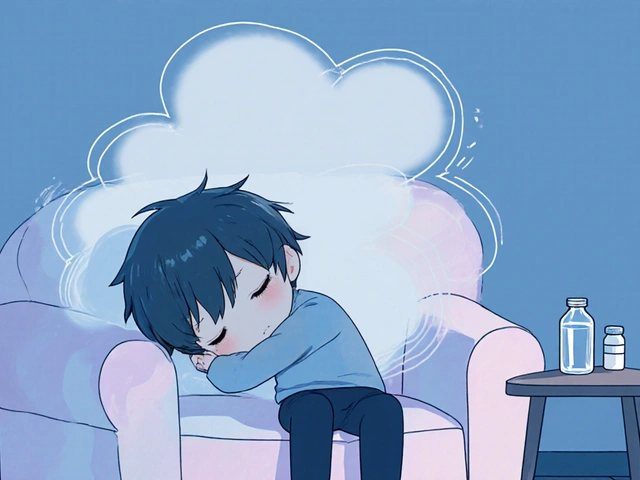Dehydration Explained: Symptoms, Causes, and Simple Prevention Tips
Ever feel light‑headed after a long run or notice a dry mouth that just won’t quit? Chances are you’re dealing with dehydration. It’s the body's way of telling you that you’ve lost more fluids than you’ve taken in. In this guide we’ll break down what dehydration looks like, why it happens, and what you can do right now to get back on track.
Common Signs and Symptoms
Dehydration shows up in a handful of clear cues. Thirst is the most obvious, but many people ignore it until they’re already feeling off. Look for a dry tongue or cracked lips, especially after sweating. Dark yellow urine is another red flag – the lighter the color, the better hydrated you are. Other tell‑tale signs include headache, dizziness, and a quick‑beat heart. If you notice any of these, pause what you’re doing and drink water.
Kids and older adults may not voice thirst, so keep an eye on their behavior. Irritability, confusion, or a sudden drop in activity can all point to fluid loss. In extreme cases, dehydration can cause muscle cramps or fainting, which means you need medical help right away.
Practical Ways to Prevent and Treat Dehydration
The good news is staying hydrated is mostly about habit. Carry a reusable bottle and sip throughout the day rather than gulping once you’re thirsty. When you’re exercising, aim for 200‑300 ml of water every 20 minutes. If you’re working in heat or sweating a lot, replace not just water but also electrolytes – a sports drink or a pinch of salt in your water can help.
Food can boost fluid intake too. Fresh fruits like watermelon, oranges, and cucumber are over 90% water. Including them in meals adds hydration without feeling like a chore. For people on a low‑sodium diet, choose electrolyte tablets that are low in salt.
If you already feel dehydrated, start with small sips of plain water or oral rehydration solution. Drinking too much at once can upset your stomach. Continue sipping every few minutes until you notice your urine turning a pale straw color and your mouth feels moist again.
Remember that coffee and alcohol can increase fluid loss, so balance those drinks with extra water. And if you have a medical condition like diabetes or kidney disease, check with your doctor about how much fluid you should aim for each day.
Dehydration is simple to fix, but only if you catch it early. By paying attention to your body’s signals and making water a regular part of your routine, you’ll keep headaches, fatigue, and other uncomfortable symptoms at bay. Stay hydrated, stay healthy, and enjoy the extra energy that comes with keeping your fluid levels in check.
Headache Prevention: Simple Lifestyle Changes You Can Start Today

Discover practical, science‑backed lifestyle tweaks-like hydration, sleep habits, stress control, posture, caffeine, nutrition, exercise, and screen time-that can dramatically cut headache frequency and severity.
read more


